There are numerous ag literacy programs around the country — such as Ag in the Classroom and 4-H — but one program stood out recently while scrolling through Facebook: Ms. Harrison’s Flat Farmers.
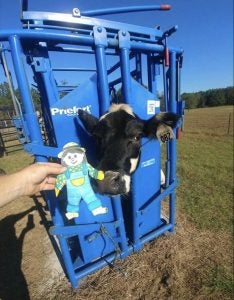
Agricultural literacy is a term that gets thrown out a lot, especially when we talk about educating the public. And in general, agriculturalists do an excellent job of representing their products and industry, but the gap between urban and rural areas continues to grow.
To address agricultural literacy definitively, the American Farm Bureau Foundation defines “agriculturally literate” as a person who understands how the agricultural industry works — not just where food comes from, but who grows it, agriculture’s effect on the economy, environment, technology, and lifestyle, and its relationship to livestock.
So FFA advisor and ag teacher Morgan Harrison in Ocala, Florida, came up with an idea. The high school teacher was inspired by the children’s book series Flat Stanley four years ago and the subsequent Flat Stanley Project, which is a long-lasting literacy project.
Harrison created the “Flat Farmer” project.
Ocala has trademarked itself as the “Horse Capital of the World,” and while the horse racing sector provides residents a look into modern agriculture through the horse industry, the area is primarily suburban and somewhat divided from other agricultural operations. Harrison seized the opportunity and posted a call for farmers on social media to help with Flat Farmer and showcase a cutout Flat Farmer around the farm to teach kids what agricultural life is like.
The response was overwhelmingly positive.
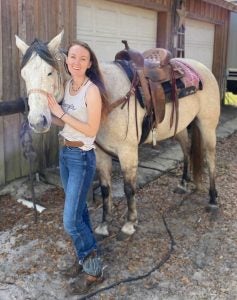
Ag professionals around the country have reached out to Harrison, volunteering to pair up with a student and their Flat Farmer for the semester. Three hundred people signed up to help with Harrison’s Flat Farmers this year. Students are paired with ag professionals based on their interests and write a letter to the ag professionals. The professionals then respond.
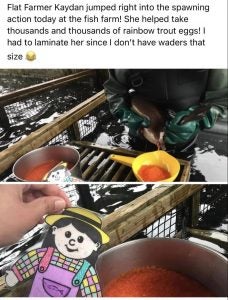
The cutout of the Flat Farmer goes all over the farm. Participants also share their Flat Farmer’s adventures on social media through a Facebook group that Harrison has created for students with social media access. Those that don’t still get letters and updates on their Flat Farmers.
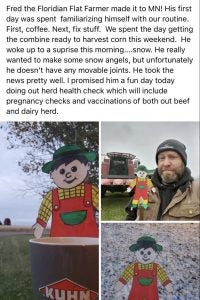
Students love the project, and so do the farmers.
Harrison says, “I have everyone from beef farmers, pig farmers, crop producers, ag mechanics, ag policies in the chamber of commerce, and a wide variety more.”
Professionals who participate in the project take time out of their busy schedules to carry their “custom” paper dolls around, take pictures, and share everything they work on daily.
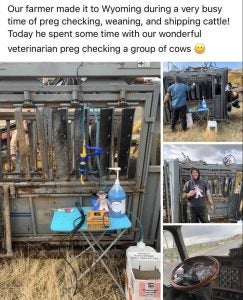
While the experience isn’t exactly “hands-on,” students gain tangible, relatable experience while networking with their chosen professionals.
“My students are gaining real-life examples and information about industries and also industries around the country,” Harrison says. “A cattle farmer in Montana is very different from a cattle farmer in Florida. So they see those differences.”
For some of the students, it’s gone beyond just flat farming — Harrison shares that two students have already secured internships and opportunities through the project.
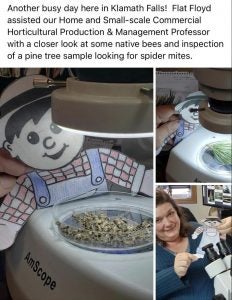
Throughout the semester, students work on their Flat Farmer project, researching their chosen farmer’s industry and using their flat farmer’s experiences as a reference. At the end of the semester, students present their work.
This creative, unique project will leave a lasting impression on anyone who participates and students are sure to complete their presentations a great deal more ag literate.
Heidi Crnkovic, is the Associate Editor for AGDAILY. She is a New Mexico native with deep-seated roots in the Southwest and a passion for all things agriculture.



